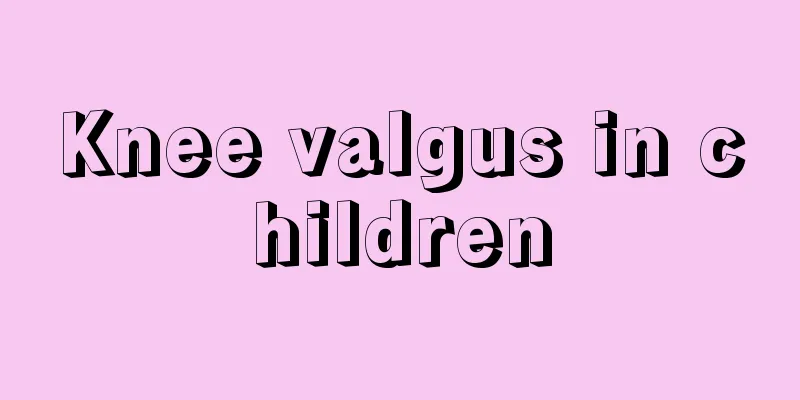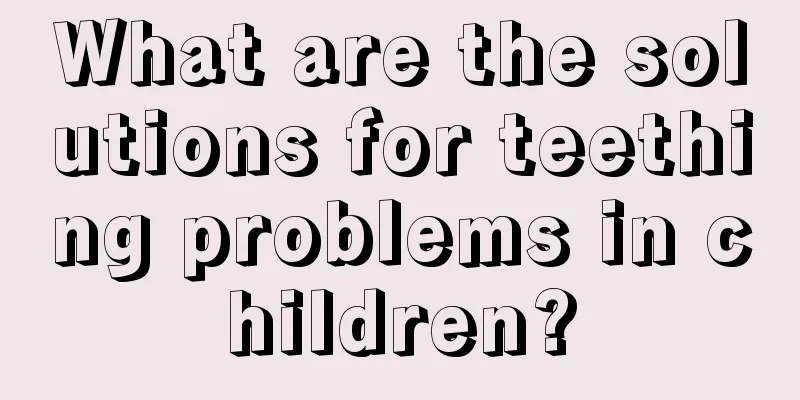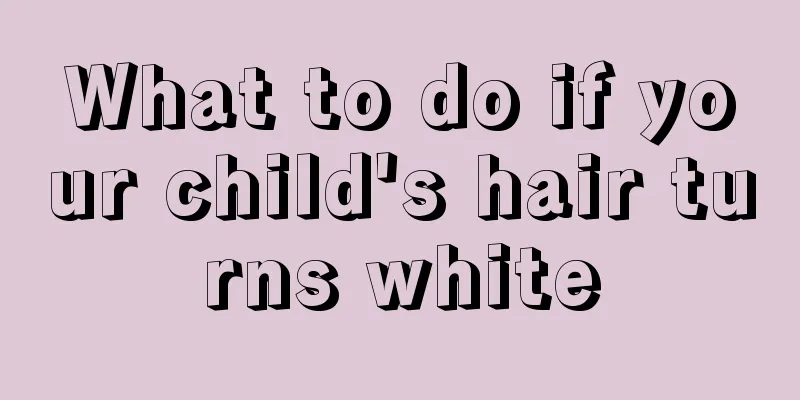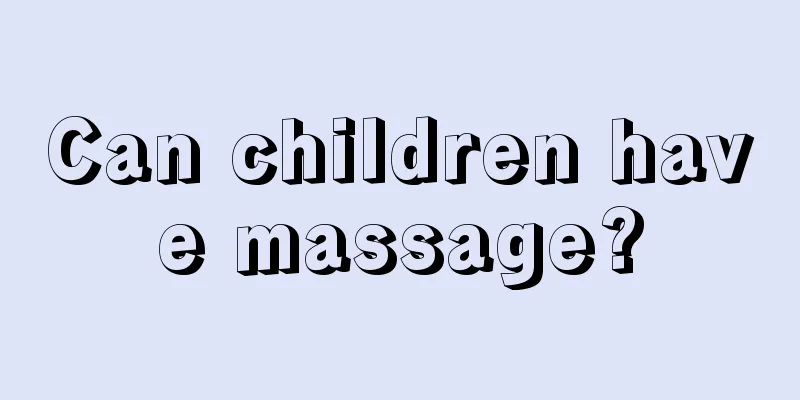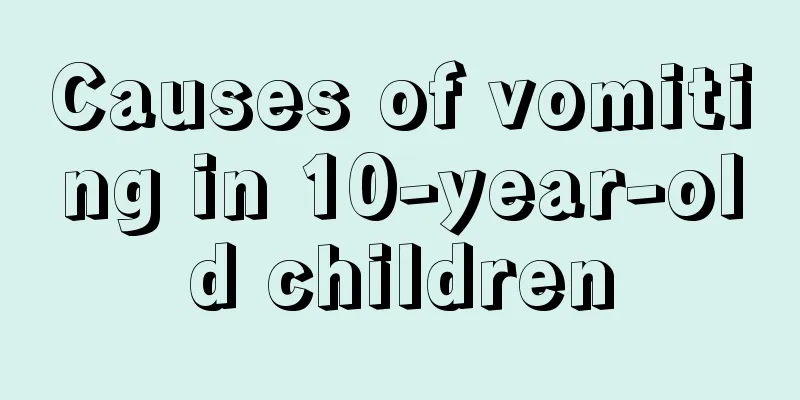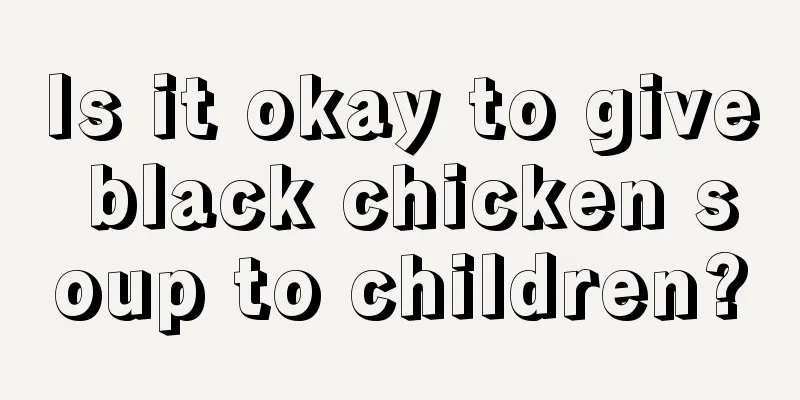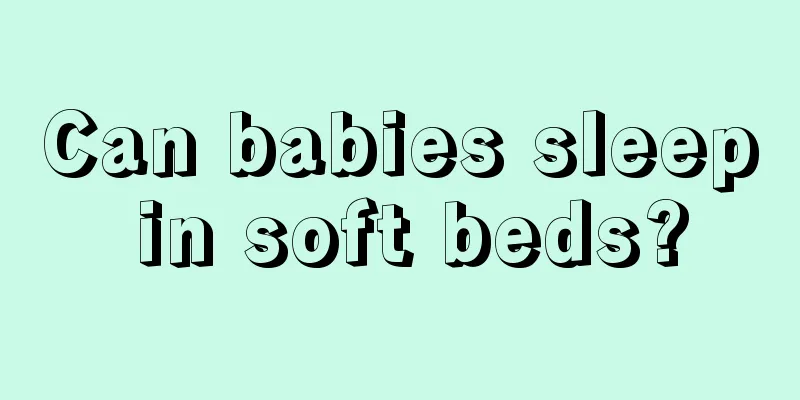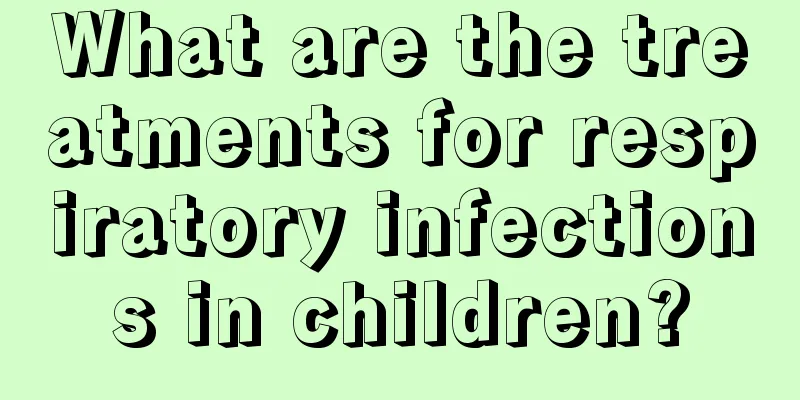What should I do if my child is nearsighted? Parents can do this!
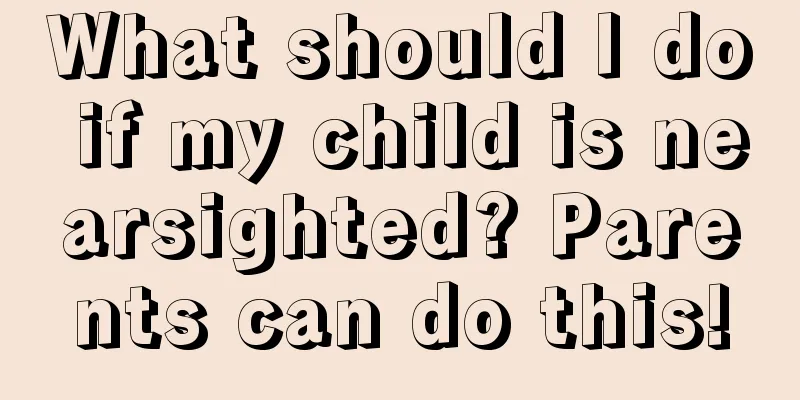
|
First of all, I would like to remind parents that they must supervise their children to develop good eye habits, otherwise it will easily lead to myopia. If a child develops myopia, parents must not believe in rumors, but respect science and take reasonable solutions. 1. How to treat myopia in children 1. Correction through lenses, which is a very common correction method. Wearing glasses is the most basic measure to correct children's myopia. For mild myopia that does not affect life and study, it is not emphasized to wear glasses immediately. For moderate to severe myopia, since the distance vision is significantly reduced, if it is not corrected, it will inevitably affect life and study, and glasses must be worn. Before getting glasses, you must first use retinoscopy to find out the true degree of myopia. Eye examination for teenagers should be performed under ciliary muscle paralysis to control the accommodation effect and exclude pseudomyopia. The principle of fitting glasses should be to use the lowest power lens that can correct the myopic vision to the best vision. 2. High myopia in children under 6 years old is more common in congenital or hereditary conditions and is often a type of myopia. These children often have poor vision and their corrected vision is not ideal. For progressive myopia, pediatric posterior scleral reinforcement surgery can be considered. 3. Correction through laser surgery. This is a definite treatment for myopia, however, it is not suitable for children. 2. What is myopia in children? Firstly, environmental factors are the most likely cause of eye refraction in current clinical research. Creating a harsh visual environment, visual deprivation and restricting distance vision can cause young animals to become highly myopic. Children's heavy close-range work and poor visual hygiene conditions are important causes of the occurrence and development of simple myopia in children and adolescents. In addition, if both parents or only one parent is nearsighted, the child is more likely to develop myopia. Because through large-scale population surveys and twin studies, it has been proven that myopia is an eye disease that is closely related to genetics. High myopia is an autosomal recessive trait, while simple myopia is a multifactorial trait. If you want to prevent and treat myopia, you should start by improving children’s learning environment, cultivating good eye habits, increasing outdoor activities, and strengthening physical fitness. 3. What are the symptoms of myopia in children? 1. Often squint when looking at objects. Myopic patients often squint when looking at things. This is because when squinting, the eyelids can cover part of the pupil, which can reduce the scattering of light and temporarily enhance and improve vision. Therefore, if your child often squints to see objects, you should consider that he or she may have early myopia. 2. Rub your eyes frequently. Some children who cannot see objects clearly due to myopia often rub their eyes with their hands in order to see the objects more clearly. Therefore, if you find your child rubbing his eyes frequently, you should take him to the hospital to check his eyesight in time. 3. Blink frequently. Frequent blinking can relieve myopia and enhance vision to a certain extent. Therefore, when your child shows symptoms of frequent blinking, you should consider whether he or she has early myopia. 4. Frowning often. Some children with myopia have the habit of frowning. This is one way they try to improve vision. However, frowning frequently will cause the extraocular muscles to press on the eyeball, which will accelerate the development of myopia. Therefore, if you find that your child frowns frequently, take him or her to the hospital for an eye check in time. And help them to correct the habit of frowning frequently. 5. Often tilt your head to look at objects. Some children with early myopia often tilt their heads to look at objects. This is because tilting the head to look at objects can reduce the impact of scattered light on one's vision. Therefore, if you find that your child often tilts his head to look at objects, you must take him to the hospital to check his eyesight and correct his wrong posture when looking at objects to prevent him from developing the habit of tilting his head. |
<<: Why can’t children urinate completely? These factors need to be taken into account
>>: What should I do if my child has conjunctivitis? These methods solve
Recommend
What to do if your child has watery beans
It is a disease that many children often suffer f...
Standard sitting posture for primary school students to write
What is the correct writing posture for primary s...
What causes rubella in children?
Rubella is a very common disease. It is highly co...
Things to note when your baby's upper teeth come out first
We all know that when babies grow up a little, th...
What's going on with white spots on my baby's neck?
Some parents observe their children more carefull...
Factors that affect menarche in little girls
During menstruation, women have poor physical fit...
At what age is it best for children to start brushing their teeth?
Everyone wants to have white teeth, so have you b...
What should we pay attention to when caring for newborns?
After the joy from the moment the baby is born, w...
Reasons for cold hands and feet in babies
The baby's hands and feet are cold. For a new...
What are the methods to reduce fever in babies? These tips work!
The functions of various systems in the baby'...
What should children with anemia eat?
Recently, many people's children have symptom...
How to treat anemia in children
Everyone knows that children are often the most v...
What are the methods of making egg custard for babies?
There are actually various ways to make baby egg ...
How to treat mumps in children
Mumps in children is an infectious disease that o...
Is it good for children to drink pure milk before bed?
Many parents pay attention to the nutritional sup...

